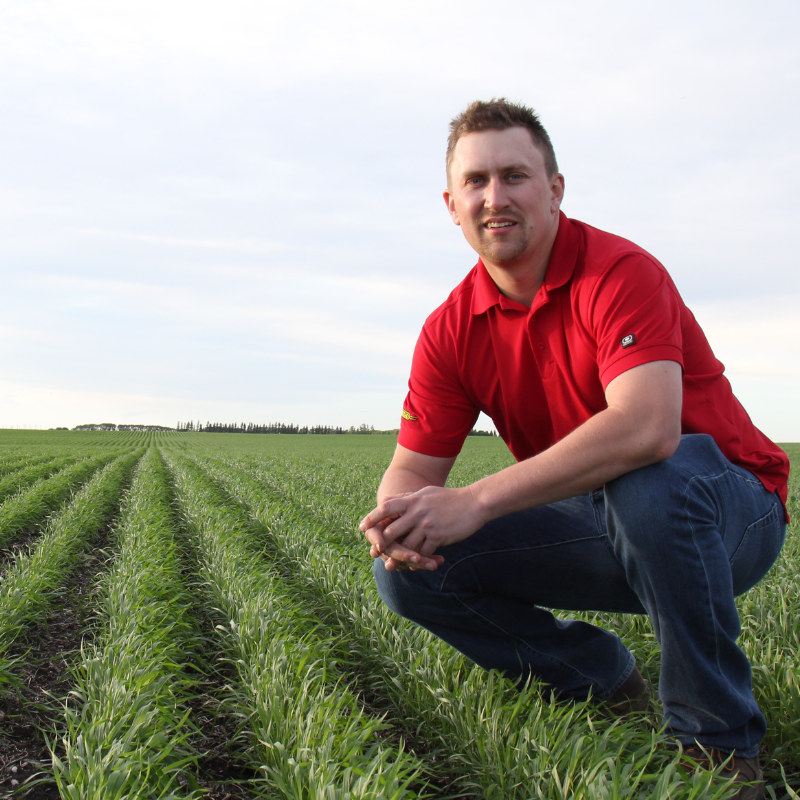Crop Variety Selection

Harvest time invites reflection and planning. Evaluating crop variety performance helps guide next season’s choices. Considering equipment, row spacing, and growth patterns supports weed control and resource efficiency. Precision seeding and canopy management optimize yield, reduce risk, and improve return on investment.
Harvest on the farm involves reflection on the farming year and these discussions lead to formulation of plans for the following season. In grain farming, harvest provides an examination of the performance of not only various crops grown but also the individual crop varieties. Each variety features its own unique characteristics and choosing which varieties to grow depend on the practices involved in each individual farm.

In small grain crops such as canola and wheat, planting equipment—particularly row spacing between openers—should be considered when choosing varieties. Some varieties exhibit wider growth with more leaves or branches, while others grow vertically with taller plants. Although they may share agronomic traits like disease resistance and yield potential, their growth patterns affect cultural weed control.
Plants that shade the space between rows help suppress weed growth. Therefore, wider growth varieties suit equipment with wider row spacing, while vertical growth varieties are better for narrower spacing. Seeding rates should also be considered to minimize gaps between plants within the row. Success lies in balancing space for crop growth with canopy coverage to prevent weed emergence.
Maximizing the growth potential of each variety requires precise seed placement—both in depth and spacing within the row. Providing each seed with optimal conditions promotes efficient resource use, reduces risk, and enhances return on investment for the farm.
